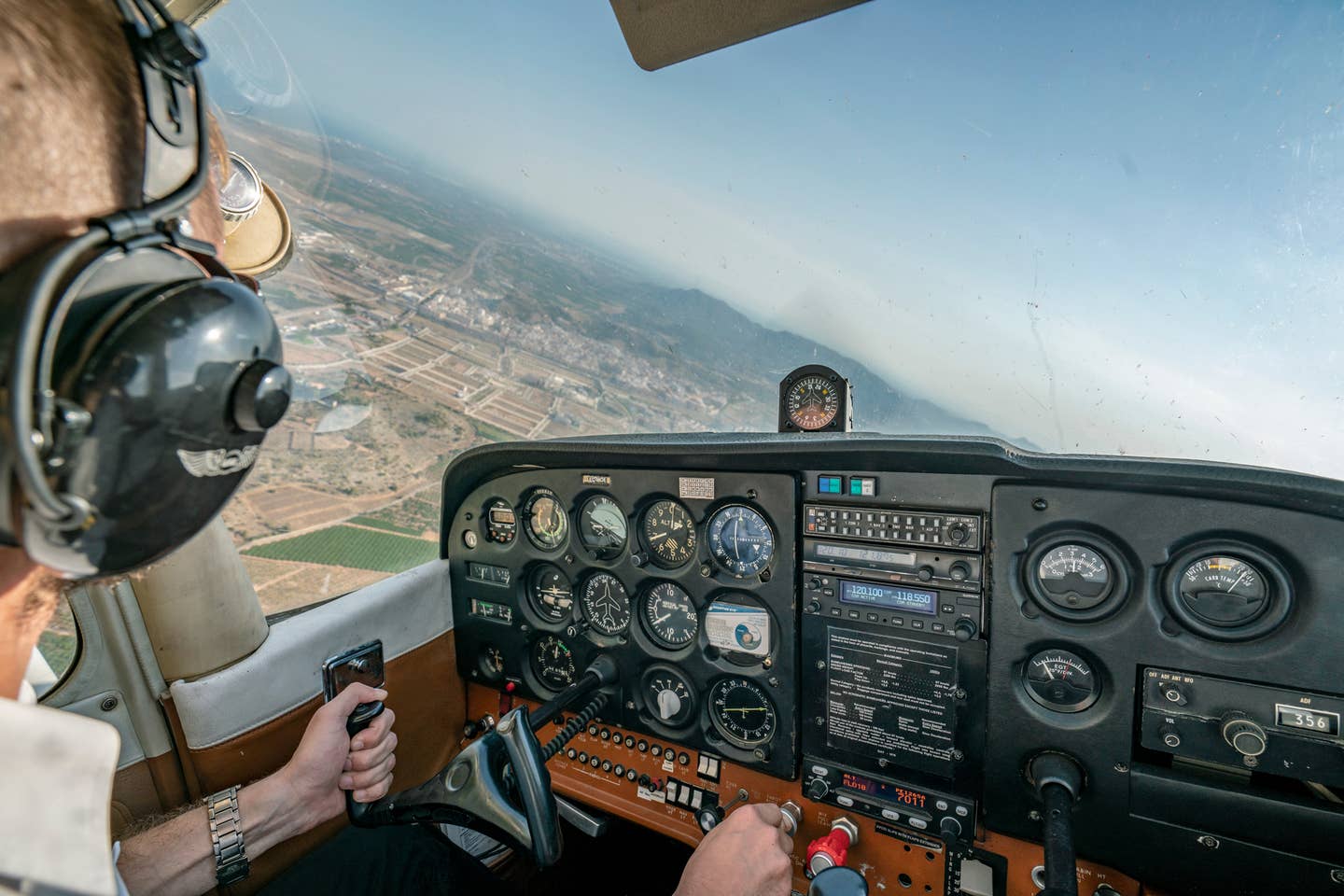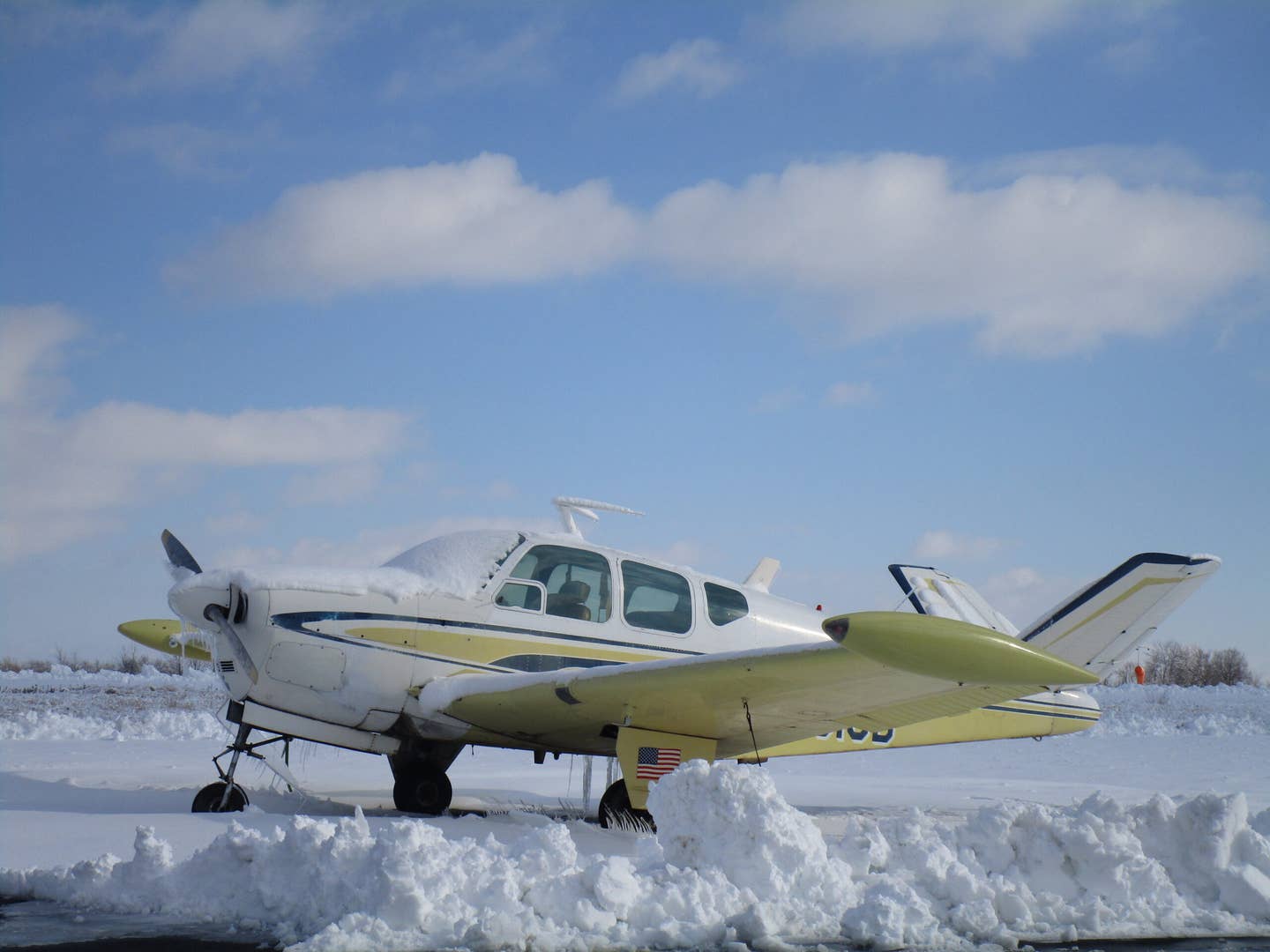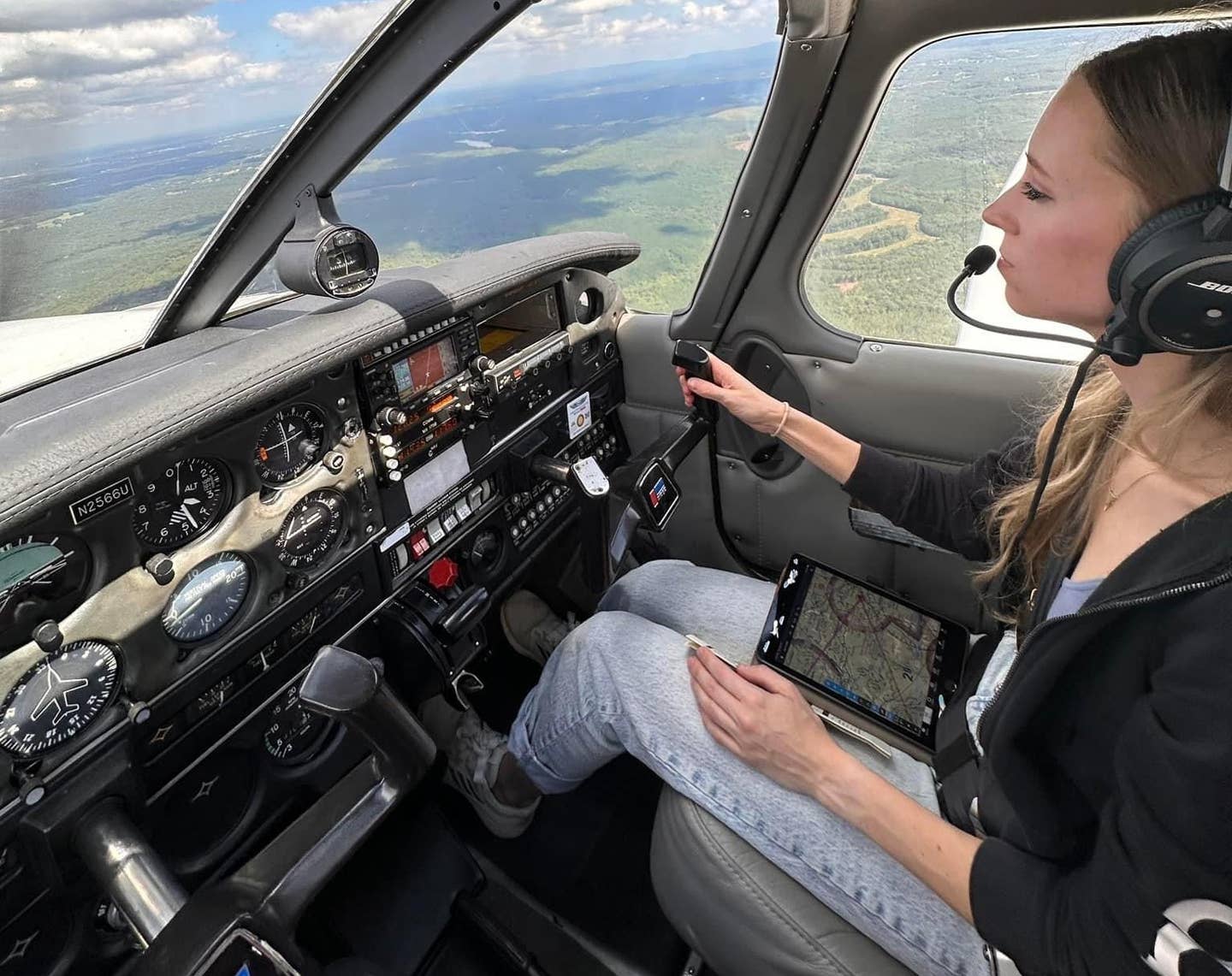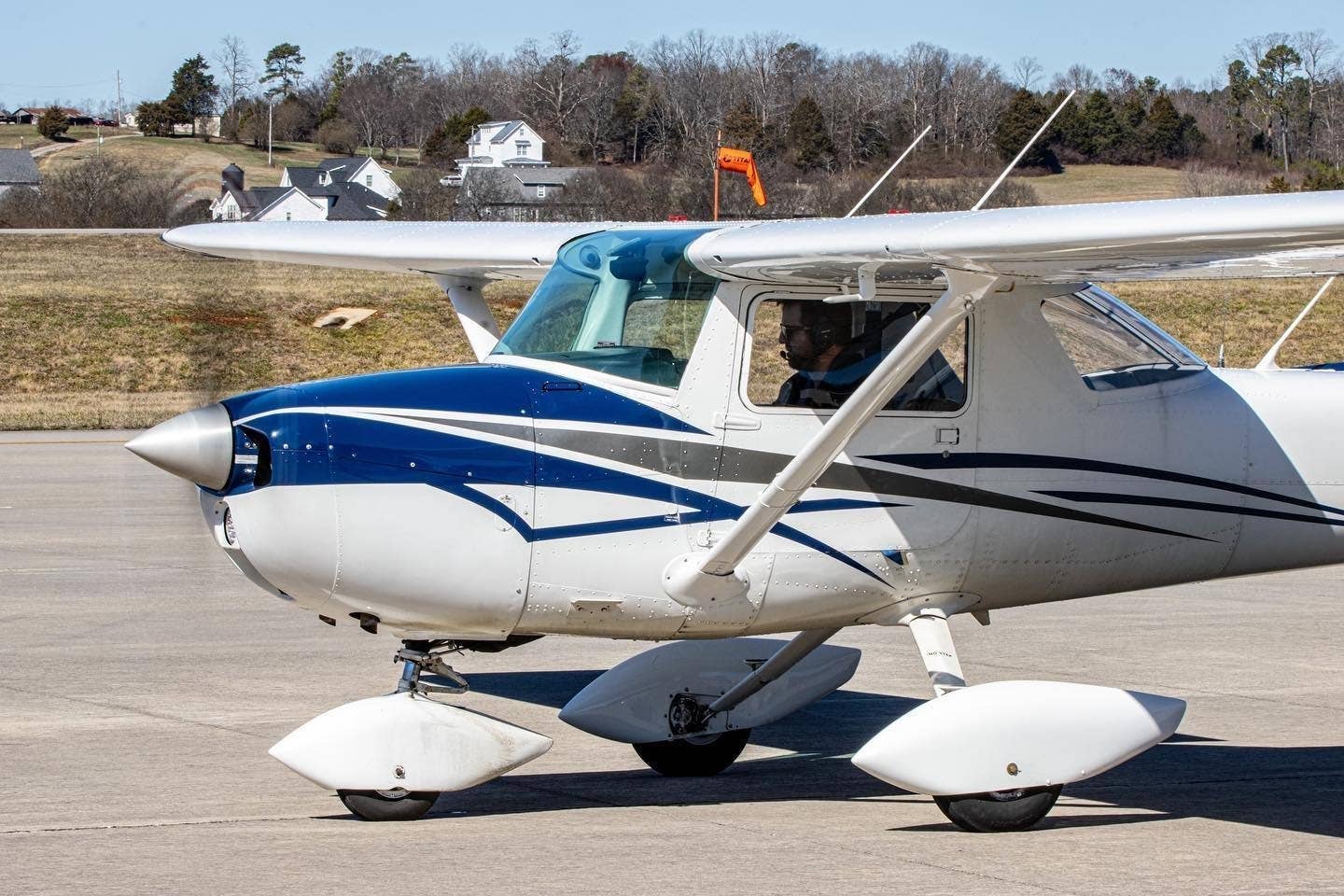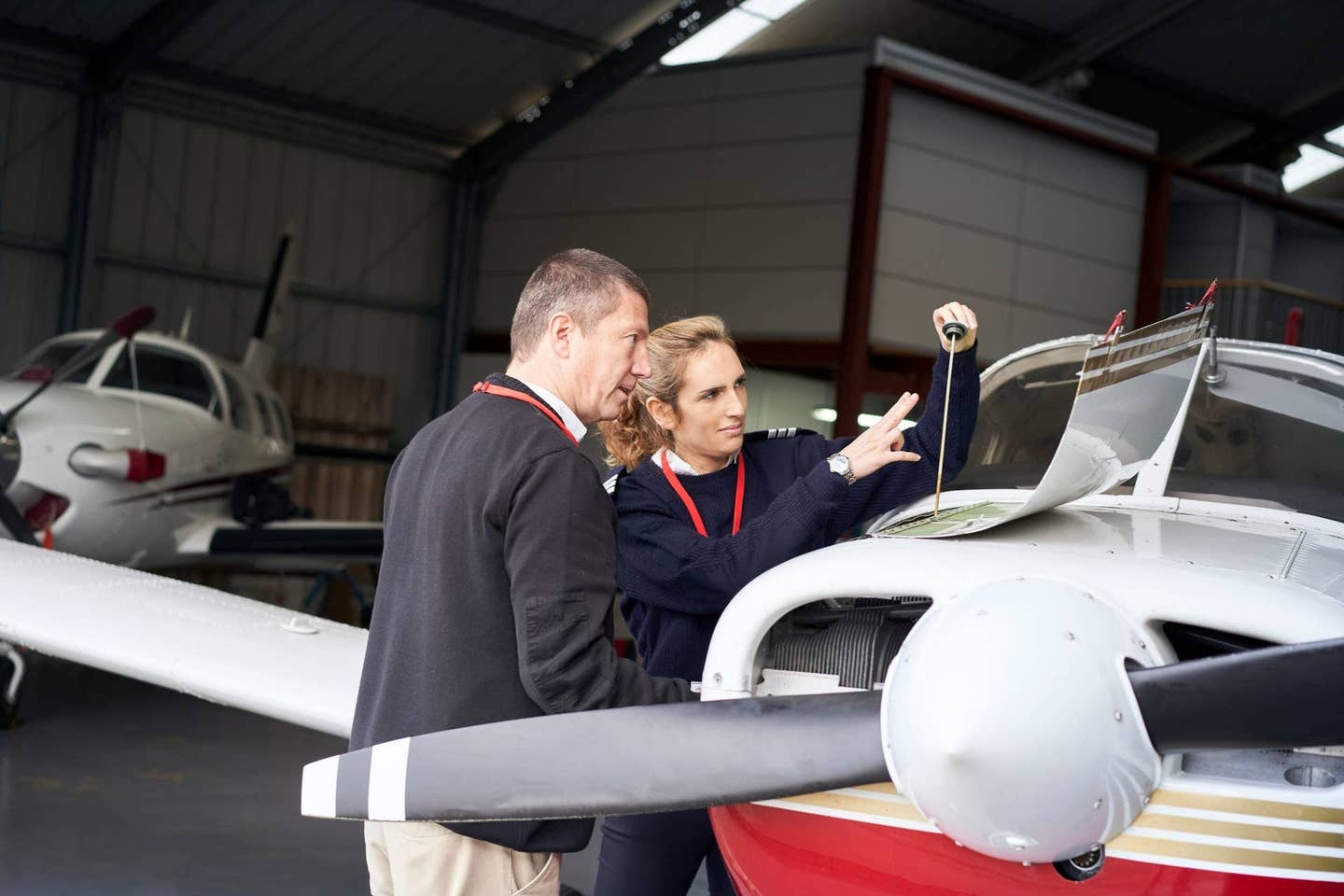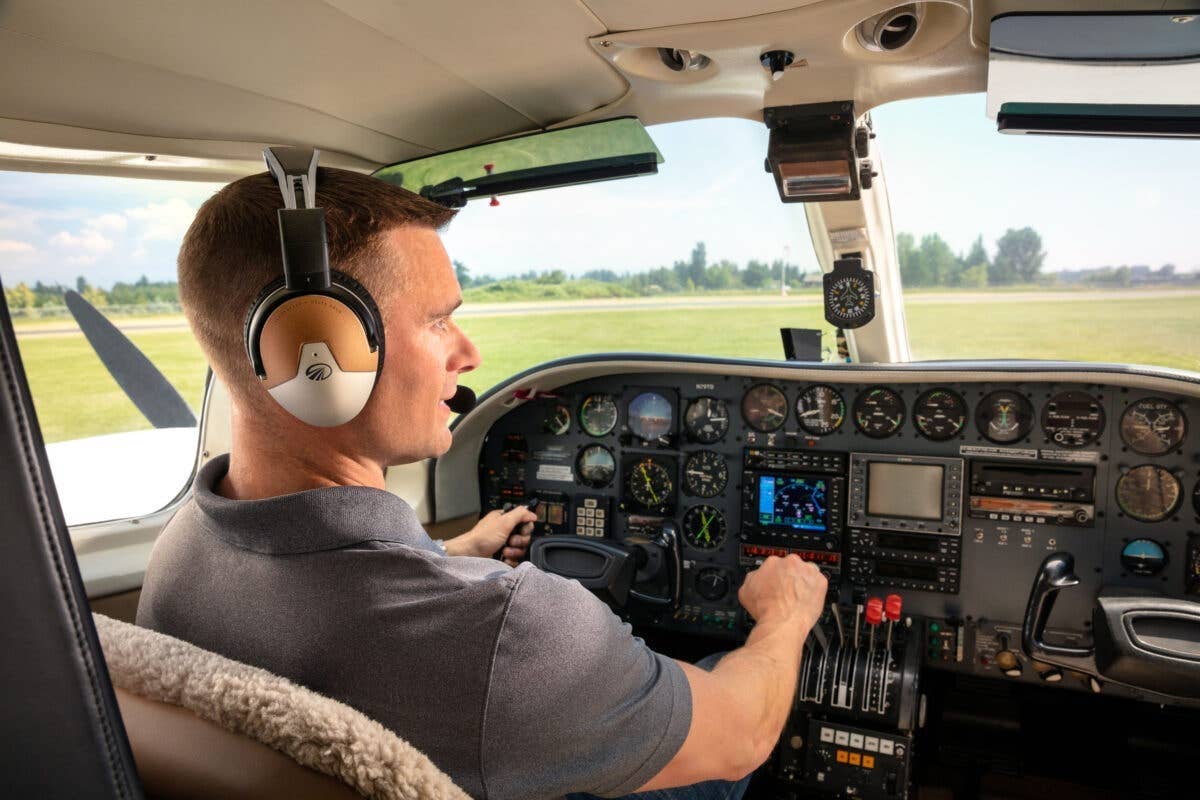 |
Willits, Calif., is one of those happy getaway locations that pilots love. Snuggled deep in the state's magnificent Napa Valley, the little airport at Willits makes a popular destination for pilots from all over the West Coast.
A few years back, I was a member of a large flying club in Southern California, and our penchant was to fly away on weekends. Willits is only about 400 nm from Los Angeles, and that puts it within striking distance of virtually every member's one-tank range.
The club reserved almost an entire hotel for the Labor Day weekend, and we all flew away to Northern California to ride the Skunk Train through the Redwoods from Willits to Fort Bragg and back, ride rafts down the Russian River, generally hang out and tell lies about who had the fastest airplane. I departed Long Beach early on Saturday and arrived by 9:30 a.m. in the middle of a gaggle of club members.
As I was tying down my airplane, I noticed a man with a clipboard walking the line of transients and stopping at the airplane next to mine. He walked up to the owner who had landed just before I arrived, and I heard him say, as cheerfully as possible, "Hi, I'm with the FAA, and I have a few questions for you."
Of course, like anyone, my first thought was that I was next. This was a dreaded ramp check. I watched Bob Lang, owner of the Bellanca next door, drag out his airplane's papers and his own credentials, and the courteous young FAA inspector copied down all the details.
By this time, several of the other club members had gathered around and began to give the inspector a piece of their collective mind. What was he doing harassing pilots on a holiday weekend? Why was he picking on aviators at little, uncontrolled Ells Willits Airport in the middle of nowhere, rather than at a major general aviation hub such as Oakland or San Jose?
The inspector was surprised at what he must have regarded as a near-mob mentality and stammered that he was just doing his job conducting random ramp checks and had no intention of busting anyone unless there was a good reason to do so.
Since I was obviously next, I didn't join in the harangue, but it became academic. After a few minutes of collective harassment, the inspector put away his pen and retreated toward a gray Chevy sedan in the parking lot, obviously intimidated by nearly a dozen angry aircraft owners.
A few years later, I wasn't so lucky. I did get ramp-checked in Waco, Texas, but forewarned by my previous near-brush with the feds, I was prepared, and I got through it without a hitch. I had one out-of-date WAC chart on board my Mooney, but the inspector either didn't notice or didn't care, as all other paperwork was in order. He was courteous and respectful, and so was I. He gave me his business card, commiserated about the hot weather in Waco, shook hands and left.
(Back in the 1990s, at Oakland Airport in the San Francisco Bay area, I had two airplanes being tanked for Pacific ferry flights at the same time---a new A-36 Bonanza destined for Sendai, Japan, and a factory-fresh Mooney Ovation headed for Brisbane, Australia. The Ovation carried Australian VH registration, but the Bonanza was in the standard American N registry. An FAA inspector showed up the day before I was scheduled to leave for Japan and inspected the Bonanza, then discovered the Australian Mooney was also my ferry flight. He stepped up the following day and asked to see my temporary Australian pilot's license, then said he'd be happy to conduct a courtesy inspection if I wanted one. I thought about it for a few seconds, but as I couldn't think of any logical reason to ask for trouble, I declined. He shrugged and left, obviously disappointed.)
Fact is, random ramp checks on Part 91 operations are rare and becoming more so as the FAA struggles to reduce its budget. Still, many pilots automatically fear any meeting with someone from the FAA.
What To Do---Or Not Do
Unless you've done something dumb but not deliberately evil and been caught at it, a casual confab with the FAA shouldn't present any major concern. Unlike the IRS that often acts as police, judge, jury and executioner, the FAA is limited in what they can do during a ramp check. Any pilot willing to do his homework and ascertain that he has the proper paperwork for both himself and his airplane has little to fear from the FAA.
 An aircraft's airworthiness certificate must be prominently displayed in the plane. |
Most of us learned in flight school about the documents required to operate an airplane. In this case, we'll confine our examination to Part 91 operations and leave Part 121 and 135 (requiring a commercial license) for another time.
In a typical scenario, think first things first, although not necessarily in that order. Most of the time, the inspector will step up, show you his FAA ID card and say something like, "Hello, I'm Inspector George Smith with the FAA. Do you have time to answer a few questions?" If he doesn't show you some government identification, don't answer any questions, and you might want to ask him why he's so inquisitive.
But assuming he's legit, how you handle yourself during the next few minutes will shape the rest of the inspection. If you believe government isn't the answer unless it was a really stupid question, you can expect hostility in return. If you're prepared, cooperative and non-confrontational, the process is almost guaranteed to go smoothly.
By definition, inspectors are also pilots, and they'll be very familiar with all regulations that apply to Part 91 operations. For that reason, be courteous, but don't volunteer any information the inspector doesn't request. Just as in a court of law, some people get themselves into trouble by talking too much. Be friendly and cooperative, but keep personal observations to yourself, and answer only the questions asked without embellishment.
If possible, enlist a witness to the process. Any passenger or fellow pilot riding with you can serve as a good witness to the event and may help sway the inspection in your favor just by being there. If you have a tape or digital recorder, there's no regulation that suggests you can't record the entire process. I now carry a small digital recorder in my airplane specifically for that purpose.
Before you proceed with the inspection, ask the inspector why you were singled out for scrutiny. Is this a random check, or did the inspector feel you did something in the pattern or on landing that warranted his attention? If there are two inspectors present, ask if one is a trainee. If so, you should be especially diligent about recording the ramp check.
 The FAA inspector may ask to see your logbook, but it's not required to be in the aircraft. |
If the inspector acknowledges he's considering charging you with some violation of an FAR, find out exactly what his concerns are, then tell him you'd like to call your attorney first, and that may slow down the whole process. I joined the AOPA's Legal Services Plan many years ago---fortunately, I've never needed their help.
Next, the inspector will probably ask for the airplane's paperwork. The inevitable acronym for the required airplane documents is ARROW. The "A" stands for a legible airworthiness certificate, prominently displayed in plain sight. The first "R" stands for a current registration, preferably the hard card rather than the temporary pink slip.
The second "R" stands for radio license, but the FCC abolished the need for N-registered aircraft to carry an onboard radio license several years ago, so you can forget that one as long as you're operating inside the U.S. (Technically, any foreign government may still ask to see your radio license if you're traveling outside the U.S.)
The "O" represents operating limitations and placards, either posted on the panel or in the aircraft's flight manual. The "W" reminds you that you need to carry the latest weight and balance information for your airplane. Ideally, this should be stapled into the airplane's original flight manual, but most inspectors understand if it's a separate document.
The inspector may ask to see your pilot logbook or those for the airplane to check such things as annual engine and airframe inspection compliance, and the date of the latest VOR, ELT or transponder check, but you're not required to have any of those logs on board the aircraft, so you can politely refuse (although you may be required to produce them later).
He may also ask to check the VFR or IFR navigation chart you used or will be using for your coming flight to make certain it's current. That's not usually a major infraction, but if you're going to the trouble to make certain all other paperwork is up to date, chart currency is a relatively minor detail.
The inspector isn't entitled to enter your aircraft unless you specifically invite him. He can look inside through a window or door, but that's the limit of his inspection if you don't grant permission. If the inspector asks about cargo that's enclosed in packages or inside suitcases, you're not required to reveal the contents or open anything.
Of course, keep in mind that the inspector can make the procedure as tough or as easy as you make it. Even many folks inside the FAA acknowledge that some inspectors adopt a godlike attitude, but you'll probably find most of them to be fair and reasonable people. If you're reluctant to cooperate, an inspector can nitpick you.
Alternately, he can cut you a break because you have a good attitude, and the documents appear to be in reasonable order. Most inspectors will weigh your attitude against any minor infraction. According to the FAA's guidelines, the inspector has no power to "unreasonably detain" you, so if you suggest you're in a hurry, he'll be forced to expedite his inspection.
If the inspector does find something questionable, he can't seize any pilot or aircraft paperwork, or ground you or your airplane. If you're stupid enough to climb down after a flight with beer on your breath, an inspector could very well call the local gendarmes to report you, but he isn't empowered to enforce the law.
Should the inspector find what he regards as a safety infraction, no matter how trivial, you'd be a total idiot to fire up and depart while he's standing there witnessing your takeoff. That's almost guaranteed to generate some form of FAA action.
I've been flying for more than 40 years, and I've had a few disagreements with the feds. Fortunately, none of them have escalated past the talking stage. The vast majority of FAA personnel are friendly, compassionate people who do their job with the same kind of professionalism they expect from pilots. If you're the victim of a ramp check, keep your cool and don't succumb to the temptation to argue with an FAA inspector. Be prepared, know your rights and, if necessary, call your attorney.
Legal Protection For Pilots |
| In order to get a more professional view of the problems of pilots during ramp checks, we contacted Scott Williams, an attorney who specializes in aviation law. Williams works with the Small Business Law Firm in Thousand Oaks, Calif., and has defended a variety of clients with problems with the FAA.
Williams says the most common problem with pilots is that they talk too much. "It's a tired cliché, but it's true: Anything you say can be used against you. We advise clients to answer only the questions asked and not to elaborate or expand on the answers. Pilots too often talk themselves into trouble by trying to be too helpful." Williams also suggests pilots should be better informed about what an inspector can and can't do. "Most pilots have no idea what their rights are and what the inspector is allowed to do," Williams adds. "He can't unreasonably delay you," says the attorney, "he can't search your airplane, and he has no powers of arrest." For more information, contact Scott Williams at Small Business Law Firm, www.smallbusinesslaw.org, or at (855) 524-9529. |
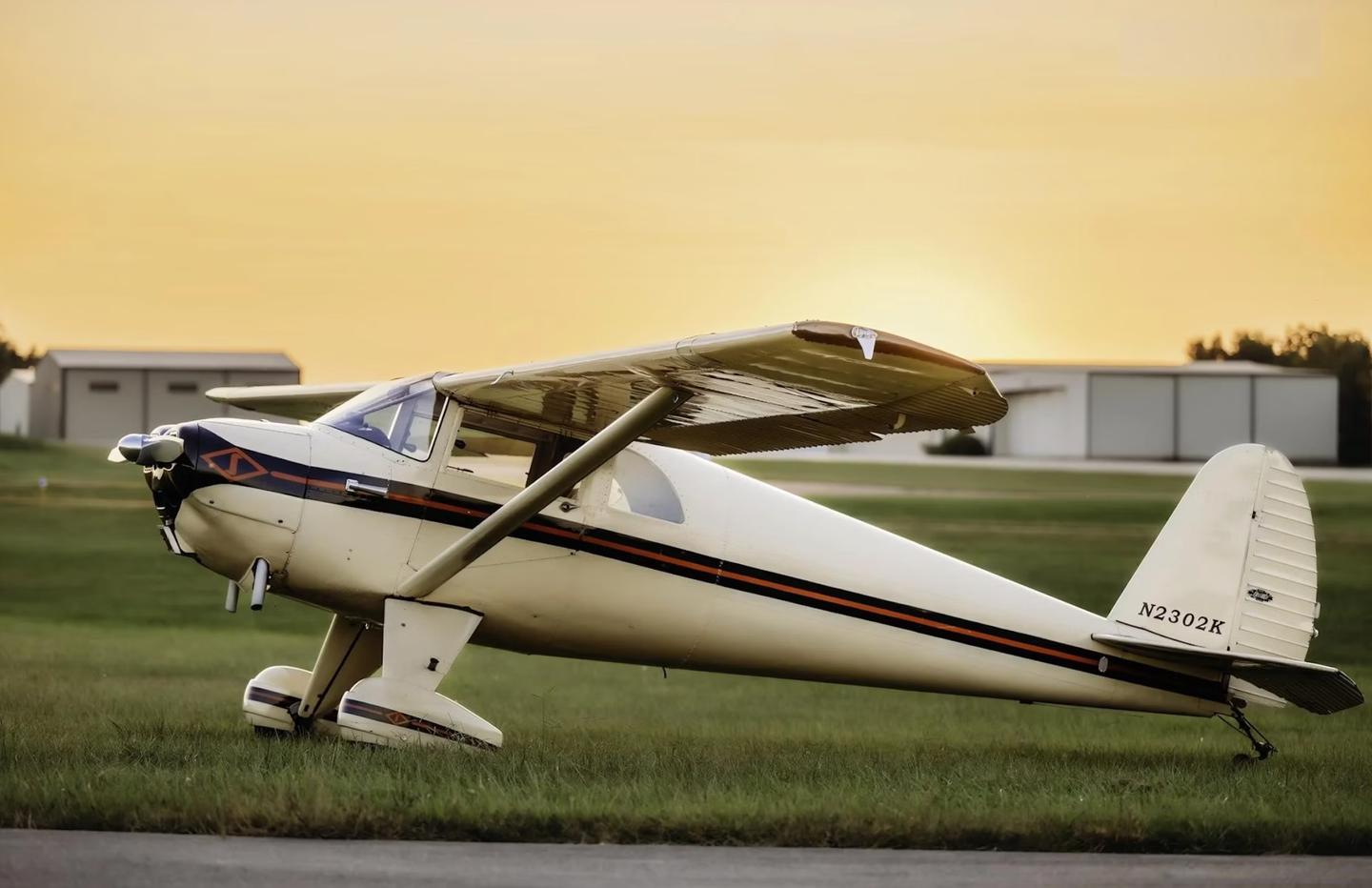
Subscribe to Our Newsletter
Get the latest Plane & Pilot Magazine stories delivered directly to your inbox

